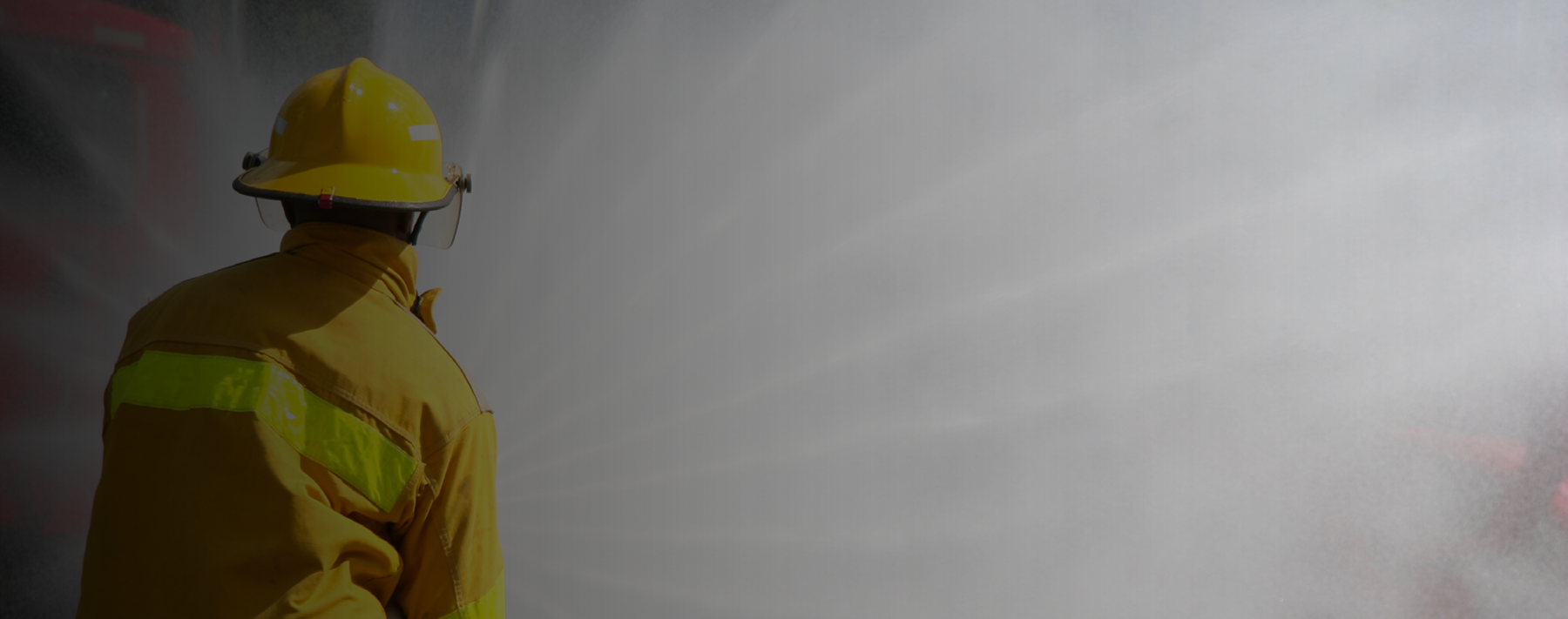Like many of you, there are a few incidents during my 30+-year career that stand out from the rest. These incidents begin with us responding to the scene with the intention of making a difference by saving lives and property—and quickly transition to realizing there is nothing we can do to make a positive impact.
By our very nature, public safety professionals (whether or not we receive a paycheck) are wired the same way: We respond to each incident with the desire to make a difference, especially when it comes to saving lives. We arrive on scene programmed and trained to provide an assessment and take the appropriate actions to begin making a difference. We may see terrible things—the agony of a family who has lost all their possessions, people killed, or maimed, helpless individuals caught in the throes of homelessness or addiction. But we react to each by “doing stuff.” These actions serve to distract us from fully realizing what has occurred. When the public reacts in wonder and appreciation of our efforts, it’s not uncommon to hear us say, “We’re just doing our job.”
But in this article, I want to raise awareness to the few incidents where “doing stuff” isn’t an option. Tragically, there are some calls where there is nothing we can do. For most of us, such calls are, thankfully, rare. But as awareness of post-traumatic stress disorder (PTSD) and overall responder mental health increases in the fire service, incident commanders must recognize the unique nature of such calls and take steps to reduce responders’ exposure to critical incident stress. There is a reason to risk exposing responders to critical incident stress when there is a potential reward—but when there is nothing we can do, the best option may be to limit our personnel’s exposure to the full magnitude of the tragedy.The Stress of Just Standing Around
Public safety professionals are “doers” and “fixers.” Many of our spouses and significant others complain that when they talk to us about a problem, we rarely listen—because as responders and “fixers,” we are too busy trying to formulate a plan on how to “fix it.” It is what makes us truly great at what we do, even if it’s not always appreciated. Faced with an emergency where our action is needed, we put our heads down and focus on what we can do to make things better. But, in a few cases, when there isn’t anything we can do to have a positive impact, we’re left without direction and in turn, the incident begins to have a different impact on us.Responders left to stand around can become very aware of what’s going on around us—much more aware than we are used to being. We see the deceased bodies, we hear the cries of others who have been involved in the incident, we note the arrival of family members and their initial reaction to the incident, and yes, as morbid as it may seem, we become aware of the smells, too. If nothing is done to prevent it, on-scene responders will be exposed to this stress until they are released from the scene. And that’s stress that can be managed and exposure that can be reduced.
Limit Personnel Involved in Recovery
After the initial assessment of the scene is complete, response objectives are generally developed and implemented. If the incident quickly transitions from a response to a recovery operation, incident commanders should reevaluate what resources are needed and consider managing their personnel differently.
When an incident transitions from rescue to recovery, resource requirements will likely change. Timeliness of the recovery should be balanced with using minimal personnel resources to work effectively. This should be a calculated and deliberate decision—incident commanders should use only those people needed to accomplish the task, not just “whoever is available.”
Anyone who is not directly involved in the recovery effort should be removed from the immediate scene and relocated to a remote staging location where they are not exposed to the incident stressors. If they are no longer needed, they should be released from the incident.
Limit Overall Exposure
Additionally, try to limit how long individuals are exposed to the stressors. At hazardous materials incidents, any exposure to a hazardous material is a consideration, but we also understand reducing the dose can greatly reduce the effect of any material with which we come into contact.
The mental stressors present in traumatic scenes work in much the same way. Providing frequent breaks and frequent crew rotations and staging away from the incident stressors can be key to reducing the amount of stress responders will absorb.
Fire service and other public safety leaders are aware of the effects of critical incident stress now more than ever. We now understand how critical incident stress affects responders and how to care for those who experience effects from exposure. Critical Incident Stress Management (CISM) programs and Critical Incident Stress Debriefings (CISD) are critically important. But they are also reactive approaches.
We need to develop proactive measures to reduce the exposure to this stress and to reduce the time anyone is exposed.
We need to integrate ways to reduce this stress into chief officer development training, incident command courses and officer development programs. The training should focus on crew resource management and the reduction of critical incident stress exposure while balancing achieving the incident goals.
The more we can do to reduce the initial impact, the less we will need to care for those injured mentally and suffering from its lasting effects.



